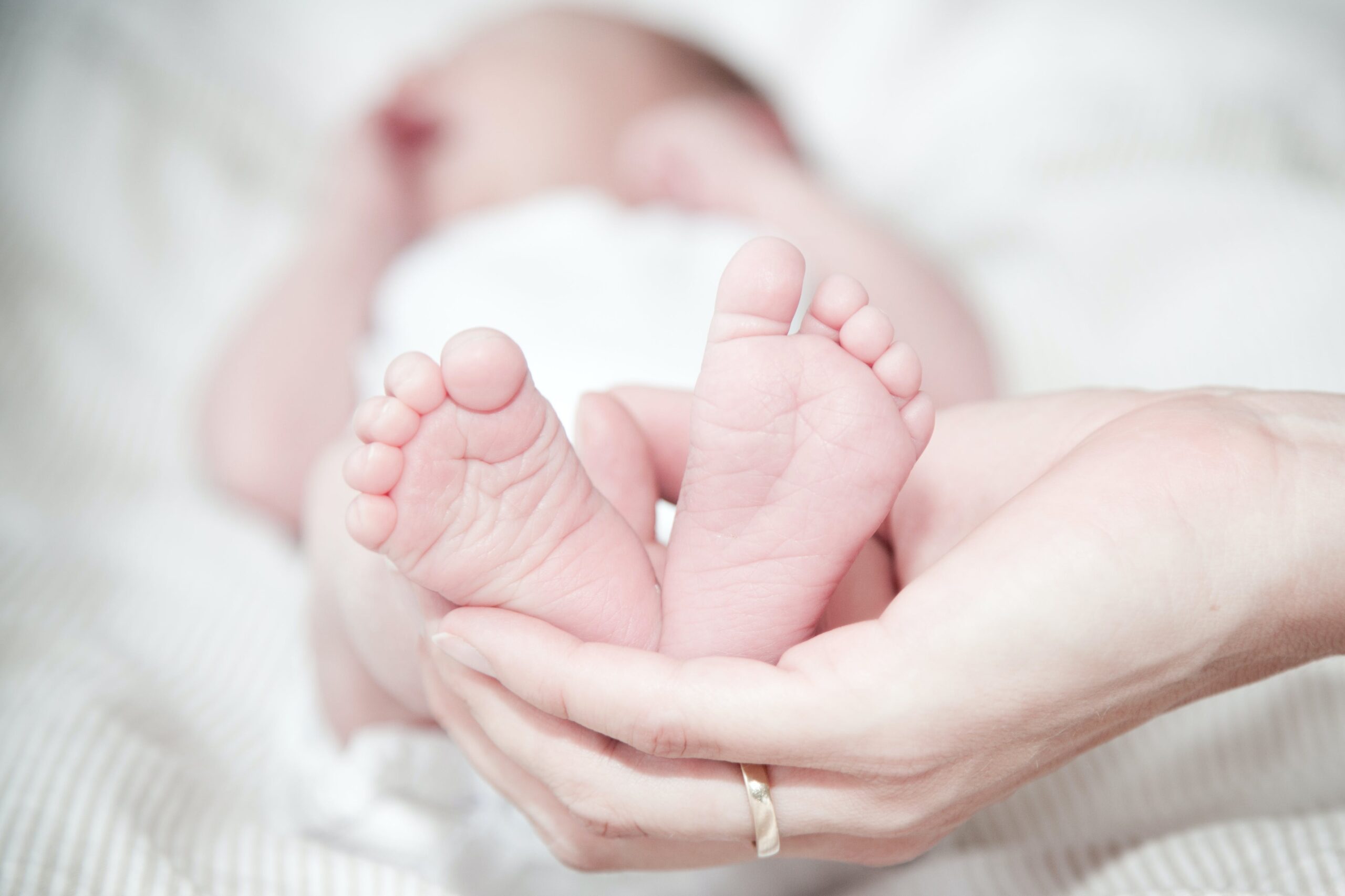
Statistics Canada released figures in October 2023 that Canada’s fertility rate has fallen to 1.33 children per woman. This is the lowest recorded in Canadian history. It revealed that only 351,679 children have been born in Canada in 2022. Although birth rates have been dropping all across the developed world, Canada’s drop has been so sharp that Statistics Canada has warned that if it continues, we will soon have the lowest birth rate on earth.
Canada has now joined the countries with the lowest fertility rate, a situation associated with an aging population and increased stress on the labour market, public health and pensions. These countries include Japan, Italy, South Korea and China.
The birth rate fell during the pandemic, but it was expected to pick up afterwards. That hasn’t happened because of massive spikes of rent, housing prices and inflation.
An Angus Reid Poll in June 2023 asked women how many children they would like to have had as compared to the actual size of their family. This poll indicated that when women ended their child bearing years, they had fewer children than they would have preferred.
Although the Canadian population is expected to be 50 million by 2043, this will be due almost exclusively to immigration. The latter, however creates problems of its own as it will be difficult to culturally absorb so many immigrants, as well as providing the many social and health care services that will be needed.
REAL Women has repeatedly expressed its concerns about our declining birth rate, to no avail. Nothing has been done. What will it take for a government to come to grips with this problem? The government should have been developing family policies, such as including tax credits or tax deductions and splitting family income for tax purposes rather than taxing couples individually as occurs now. Other countries, such as Hungary, Russia, and China are dealing with the low birthrate problem by implementing a variety of policies. Why then does Canada keep its head in the sand?
